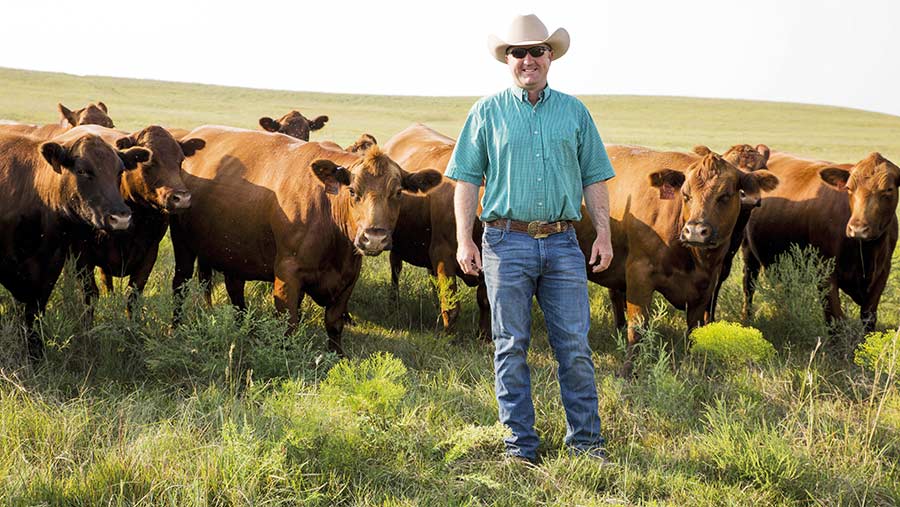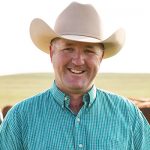Farmer Focus: Reflections on the Kansas feedlot tragedy
 © Kandace Griffin
© Kandace Griffin You might have read about a huge loss of finishing cattle in Kansas caused by extreme weather.
The beef industry took a “pretend this doesn’t exist and it will blow over soon” approach, which backfired, allowing conspiracies to thrive. As a Kansas rancher, this gives me mixed emotions.
Phenotype equals genetics plus environment. Chances are you learned this if you’ve taken any genetics courses.
See also: How silvopasture can help with heat stress
The phenotype we arrived at here is “dead”. Industry pundits have underlined the environment side of the equation.
The weather was extremely hot and humid, and I would also say it’s the best scapegoat.
For the industry to improve, it needs to be brutally honest and ask about management. This was a big feedlot.
It’s no secret that labour issues have been awful the past few years. Turnover is high and quality workers are scarce.
No doubt these huge feedyards work well, but when the wheels come off and the cattle outnumber the employees 1000 to one, then things really go south fast.
The big, missed point is genetics. If you watch the video, you will see that every animal looks the same. They are all huge, market-ready, black-hided animals.
There is talk that Angus genetics have grown their muscular skeletal systems substantially over the past few years, but the heart and lungs have not kept pace.
The sterile, technical term used is atypical interstitial pneumonia (AIP). The cowboy definition is: black Angus cattle die of heart attacks right before slaughter, even when it isn’t super-hot.
Claims that 10,000 cattle died may not be as far-fetched as first thought. However, the idea that the government used a microwave satellite, and did it to force a famine, is still seeming a little hard to believe.
I’m sure tough times will hit here some time, but we had our red-hided cattle on grass during the hot weather. They gained weight.
I look at things through the eyes of an animal breeder and often wonder if animal welfare issues start with an AI straw.
Speaking to a British audience, which has a subculture of people who are obsessed with extremely muscled cattle, it should be a familiar concept. But that’s a topic for another day.

